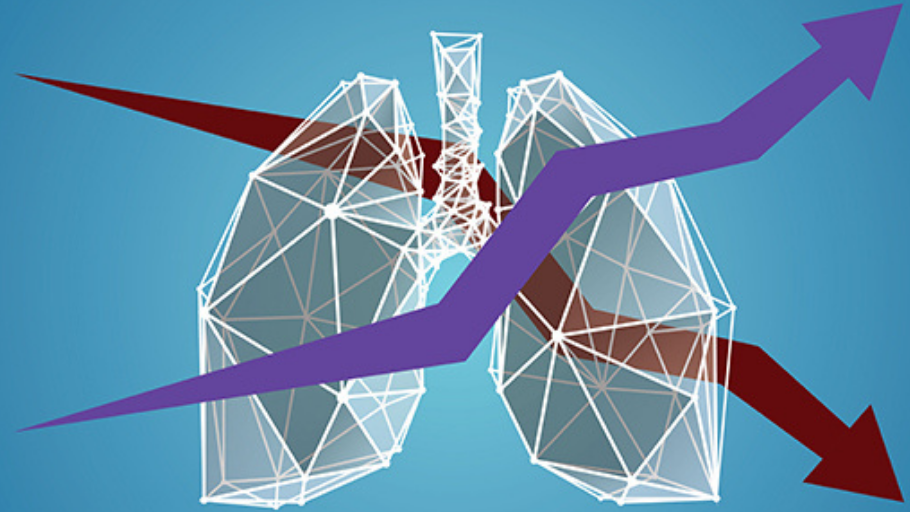
Lung transplantation can be a lifesaving operation for diseases that threaten a patient’s ability to breathe. However, potentially fatal complications can still arise afterwards.
A research team, headed by Toronto General Hospital Research Institute Scientists Drs. Ana Konvalinka and Tereza Martinu, has identified molecular markers that can be measured to predict future complications. Specifically, the team discovered that the levels of a set of proteins can indicate which lung transplant recipients are most likely to develop chronic lung allograft dysfunction (CLAD)—a major long-term cause of death in these individuals.
CLAD affects around half of all transplant recipients at five years after the operation. While there are several types of CLAD, all are characterized by fibrosis in the lung—when normal tissue is gradually replaced with scar tissue.
“Effective treatments for CLAD do not yet exist, and our understanding of how it develops is limited,” says Dr. Martinu. “We wanted to find molecular targets of CLAD that will enable earlier diagnosis and the development of much-needed therapies.”
The research team took inspiration from existing knowledge of how fibrosis develops in kidney transplants. In previous work, Dr. Konvalinka’s team identified proteins that were altered in kidney cells in response to a peptide hormone called angiotensin II (Ang II). They then developed a mass spectrometry-based method to quantify proteins from kidney cells. Using this method, the team discovered that these potentially pro-fibrotic proteins were elevated in the urine and tissues of kidney transplant recipients.
The research fellows who led the current study, Drs. Gregory Berra and Sofia Farkona, proposed that similar mechanisms were at play in lungs and decided to investigate whether the same proteins are also relevant in lung transplants. “This project is a great illustration of how important cross-organ collaboration is and how we can learn from each other within our multi-organ transplant program,” comments Dr. Martinu.

By examining lung tissue samples from transplant recipients with CLAD and from healthy donors, the team identified differences in the levels of certain proteins. One protein receptor (angiotensin II receptor type 1) had a significantly greater presence in the CLAD samples, while two other proteins that are regulated by the hormone (thrombospondin 1 and glutamine synthetase) were linked with the amount of fibrosis.
The researchers then applied machine learning algorithms—a form of computer artificial intelligence—to large volumes of data on protein levels, teaching the algorithms how to identify which individuals have CLAD and which are likely to develop it.
When assessing all of the different protein levels in combination, the algorithms had an impressive near-perfect accuracy of 97% for predicting whether CLAD would develop.
“Our results could have exciting implications for clinical care,” says Dr. Konvalinka. “Understanding the common biochemical mechanisms involved in kidney and lung fibrosis may open new pathways for repurposing drugs and diagnostic tools for these conditions. We may be able to diagnose patients earlier and provide proactive care.”
This work was supported in part by donors to UHN Foundation.


